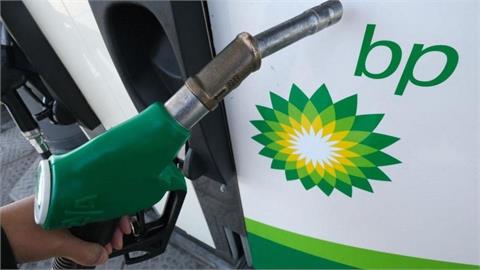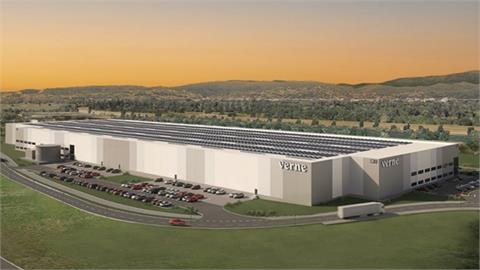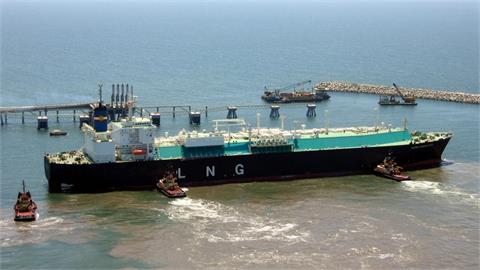The latest sign of the deepening crisis hitting the US coal industry came on Friday, when Alpha Natural Resources announced that it planned to idle production at three mines in West Virginia and cut jobs at two more, affecting about 91 workers in total.
Kevin Crutchfield, Alpha’s chief executive, described the conditions facing the US coal industry as "unprecedented”.
"Despite the hard work of these operations to reduce costs,” he said, "prices remain depressed and current coal supply simply exceeds demand.”
Already battered by competition from cheap natural gas and increasingly onerous regulations on pollution from power generation, the industry has in the past six months suffered a fresh onslaught.
Alpha will give more details of the impact when it reports its 2014 earnings on February 12.
Peabody Energy, the largest coal producer in the US, last week reported an after-tax loss, excluding writedowns, of $597m, and cut its dividend from 8.5 cents per quarter to just 0.25 cents. Operating cash flows of $337m were smaller than its interest payments of $414m.
Greg Boyce, chief executive, described conditions as "challenging”, and said that he expected US coal demand to shrink by 50m-60m tons — about 5-6 per cent — this year.
In the past six months, Peabody’s shares have dropped 59 per cent and Alpha’s by 69 per cent. The two other largest US coal companies have suffered similar falls: Cloud Peak Energy is down 56 per cent and Arch Coal down 69 per cent.
Coal companies’ bonds have also been falling. Peabody’s 2021 bonds were yielding almost 11.5 per cent on Friday, while Alpha’s 2019 bonds had a yield of almost 47 per cent. Peabody’s five-year credit default swaps — the cost of insuring the company’s debt against default — have risen to 948 basis points, up from 707bp at the end of 2014.
Two significant coal companies have sought Chapter 11 bankruptcy protection in recent years, Patriot Coal in 2012 and James River Coal last year, and others are expected to follow.
"I think you’re going to see multiple bankruptcies in US coal over the next 12-18 months,” says Curt Woodworth, an analyst at Nomura.
"The outlook isn’t good: the outlook is getting worse.”
The immediate cause of the industry’s latest leg down is the slump in the US price of natural gas, which has dropped from a peak of $4.67 per million British thermal units in June to $2.67 per mBTU on Friday.
While the slump in crude prices has led to a sharp slowdown in oil drilling, activity in gasfields has been more resilient, and production has been hitting record highs, driving prices down.
At these prices, it is hard for coal to compete with gas for power generation in many parts of the US.
In the region of the Marcellus Shale, for example, centred on Pennsylvania, "there is not a single coal plant that’s cheaper than a gas plant,” according to Matt Preston of Wood Mackenzie.
The last time gas prices plunged, hitting 10-year lows in the first half of 2012, the blow was cushioned for US coal producers because the market for metallurgical or "met” coal, used to make steel, was strong, and their exports rising.
But as a result of the slowdown in China, met coal prices have slumped from $330 per tonne in 2011 to just $117 per tonne.
Coal exports are also declining, as falling world prices and the strong dollar make US producers uncompetitive, and are expected to fall 17 per cent this year, according to the US Energy Information Administration.
Meanwhile, the regulatory squeeze on the coal industry is tightening. This April is the deadline for compliance with new curbs on mercury and other toxic pollution from power plants, the most significant of the new rules, which will force several coal-fired plants to shut down. About 14.3 gigawatts of coal-fired generation capacity — almost 5 per cent of the US total — will be lost this year, according to the EIA, up from just 1.5 gigawatts last year.
Monica Bonar of credit rating agency Fitch says that larger companies such as Peabody are generally better placed to survive these harsh conditions.
"Even though they’ve been struggling now, they have the better assets and have managed them better than the smaller companies,” she says.
Caleb Dorfman, an analyst at Simmons & Co, suggests that investors may be undervaluing the chance of a recovery.
It would not need a huge improvement in the met coal market to bring about a significant increase in earnings and cash flows,” he says.
However, Ms Bonar suggests it is not at all clear that the coal market has reached the bottom yet.
"If we get another leg down in prices domestically, that would be another kick in the knee on [the industry’s] wobbly legs. Not nice.”
(Financial Times)



